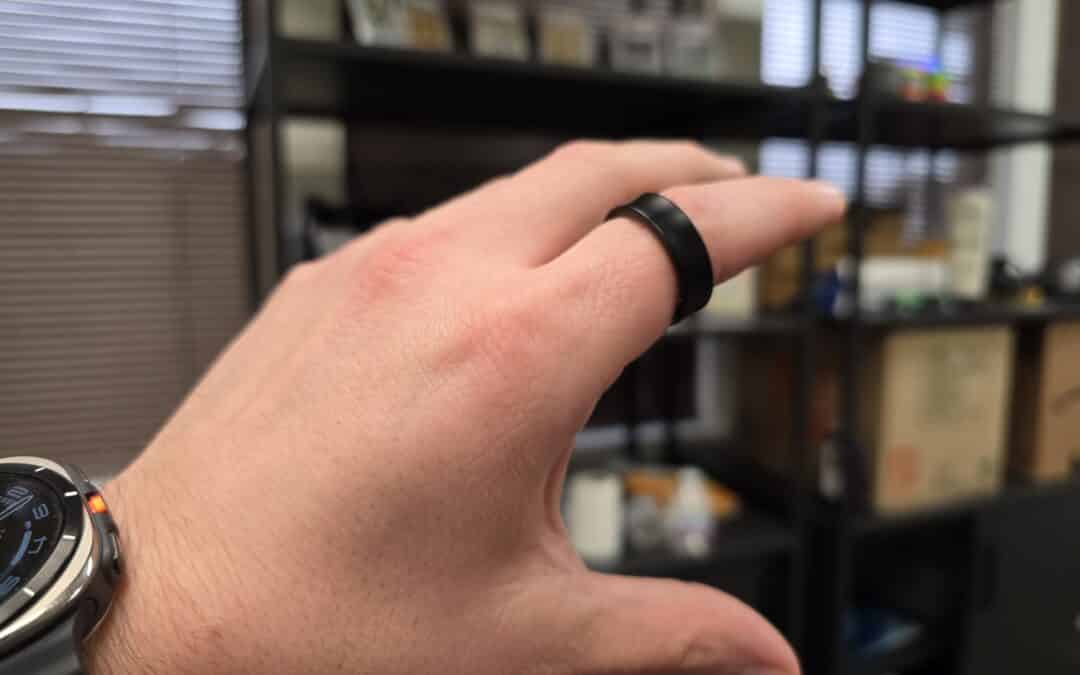Samsung is working on a revolutionary new display technology to reduce power consumption. The company plans to use AI to optimize the power consumption of display panels. It has already achieved a 30% boost and is on track to lower the screen power draw by half. The firm aims this technology for the 6G era where AI will take center stage and mobile devices will feature bigger screens.
Samsung at work to lower the display power draw for longer battery life
The 24th International Meeting on Information Display (IMID 2024) is currently underway in Jeju, Korea. Lee Cheong, a Vice President of Samsung’s display division, unveiled the company’s next-gen display technologies at the event. The most fascinating new announcement was about the in-development display panel that consumes substantially less power than traditional screens of the same size.
Speaking at the event, Lee said Samsung plans to reduce the display power consumption to 50% of what current screens consume. It will take the help of AI and other advanced technologies to remove or replace display components that draw more power. The firm has developed the world’s first display panel without using a polarizing film while maintaining the same performance.
The display offers the same colors and dynamic range without an extra layer. The result is a 30% improvement in power consumption compared to similar screens using a polarizing film. Other technologies that it is exploring include MFD (Multi Frequency Driving). It is a low-power OLED technology that selectively applies multiple frequencies to the screen, lowering the overall power draw.
Samsung has also introduced a technology that doubles the luminous efficiency with a tandem structure. These advancements will particularly benefit large-screen devices like foldables, which may be mainstream over the next few years. As companies push to make these devices slim, the scope for a bigger battery is low. Samsung’s new display solution should come in handy. It remains to be seen when the firm will be ready for its mass production/





